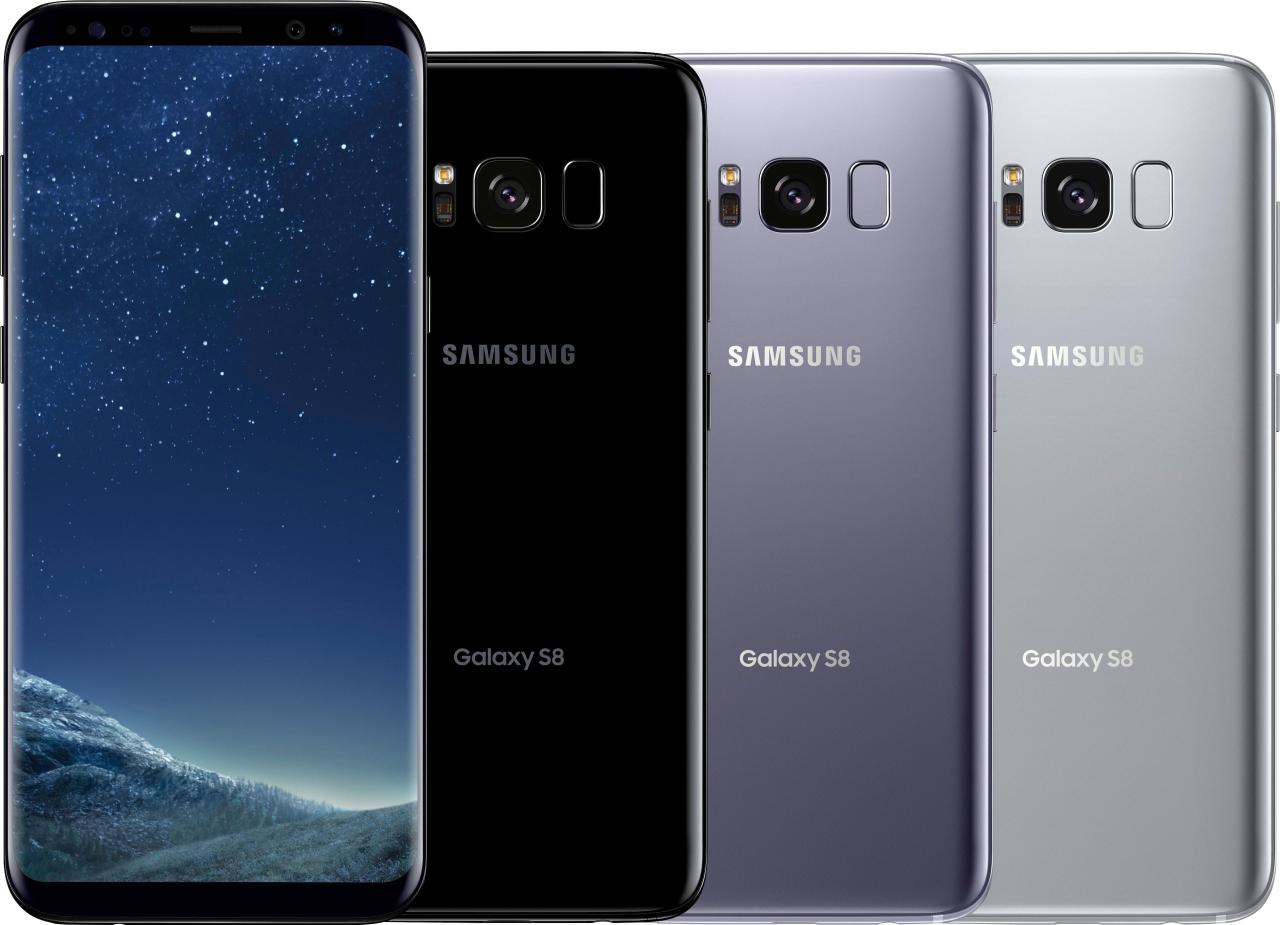Galaxy Note 2 stands as a remarkable testament to the evolution of smartphones, blending innovative features with striking design that captivated users upon its release. Its functionality and aesthetic appeal ensure it remains memorable even in a market crowded with newer models.
From its impressive specifications to its user-friendly interface, the Galaxy Note 2 has made significant strides in performance, contributing to a rich user experience. Highlighting its camera capabilities, accessories, and overall ecosystem further reveals why this device holds a special place in the hearts of tech enthusiasts.
Overview of the Galaxy Note 2

The Samsung Galaxy Note 2, released in 2012, represents a pivotal moment in the smartphone industry. This device seamlessly blends the features of a smartphone with the functionality of a tablet, catering to users who seek versatility without compromising on performance. With its impressive specifications and unique design elements, the Galaxy Note 2 set a new standard for what mobile devices could achieve.
The Galaxy Note 2 is equipped with a spacious 5.5-inch Super AMOLED display, boasting a resolution of 720 x 1280 pixels, which provides vibrant colors and sharp images. Under the hood, it houses a quad-core 1.6 GHz Cortex-A9 processor, paired with 2GB of RAM, ensuring smooth multitasking and efficient operation. The device runs on Android 4.1 (Jelly Bean) and features an 8MP rear camera and a 1.9MP front-facing camera, making it suitable for photography and video calls alike. With storage options ranging from 16GB to 64GB, expandable via microSD, users can enjoy ample space for apps, media, and documents.
Design Elements and Build Quality, Galaxy note 2
The design of the Galaxy Note 2 is characterized by its sleek and modern aesthetic, which not only enhances its visual appeal but also contributes to user functionality. The device features a curved back and a polycarbonate body that provides a premium feel while remaining lightweight for daily use.
Key aspects of the Galaxy Note 2’s design include:
- Screen Size: The large 5.5-inch display, enhanced by Gorilla Glass 2, balances size with usability, allowing for comfortable one-handed operation while providing ample screen real estate for productivity tasks.
- Stylus Integration: The S Pen is a standout feature of the Galaxy Note 2, housed conveniently within the device. This stylus enhances navigation and allows for precision input, ideal for drawing, note-taking, and other creative tasks.
- Button Layout: The device incorporates physical buttons along with capacitive ones, providing a tactile experience alongside the touch interface, which users found intuitive and responsive.
- Color Options: Available in colors such as Marble White and Titanium Gray, the Galaxy Note 2 offers choices that appeal to various personal styles.
Significance in the Evolution of Smartphones
The Galaxy Note 2 played a crucial role in defining the phablet category, bridging the gap between smartphones and tablets. Its introduction marked a shift in consumer preferences towards larger display devices, which offered enhanced functionality for both work and leisure activities.
The impact of the Galaxy Note 2 on the smartphone market is underscored by several factors:
- Market Response: Upon its launch, the device garnered significant attention and sales, demonstrating consumer readiness for larger screens and advanced features that cater to mobile productivity.
- Influence on Competitors: Following the success of the Galaxy Note 2, various manufacturers began releasing their own phablet models, further solidifying the trend of larger smartphones that incorporate stylus functionality.
- Enhanced User Experience: The integration of the S Pen and features like Multi-Window multitasking showcased the potential of smartphones as productivity tools, influencing future designs and software capabilities.
“The Galaxy Note 2 redefined how users interact with their devices, paving the way for the modern phablet era.”
Performance and User Experience

The Galaxy Note 2, released in 2012, was designed to cater to a growing demand for powerful mobile devices that could seamlessly blend productivity with entertainment. With its impressive hardware specifications and user-centric interface, it has left a lasting impact on the smartphone landscape, making it a notable competitor among its contemporaries.
The Galaxy Note 2 is equipped with a powerful Exynos 4412 quad-core processor running at 1.6 GHz, paired with 2 GB of RAM. This combination ensures that the device performs smoothly, whether for multitasking, gaming, or running intensive applications. The inclusion of a Mali-400MP GPU enhances graphic performance, allowing for vibrant visuals in gaming and media consumption. The device also supports up to 64 GB of internal storage, expandable via microSD, which further enhances its capability to handle large applications and media files.
Processing Capabilities and Hardware Performance
The processing capabilities of the Galaxy Note 2 set it apart from its contemporaries. Notably, its quad-core processor allowed users to execute tasks with remarkable speed and efficiency. When compared to other flagship models of its time, such as the HTC One X and the Samsung Galaxy S3, the Note 2 offered superior performance in several key areas:
- Multitasking: With its 2 GB RAM, users experienced fluid transitions between apps, making it an ideal choice for professionals and multitaskers.
- Gaming Performance: The combination of a robust CPU and GPU ensured that even graphically intensive games ran smoothly, offering minimal lag and high frame rates.
- Battery Efficiency: The 3100 mAh battery supported prolonged usage, enabling users to engage in resource-heavy tasks without frequent recharging.
The user experience of the Galaxy Note 2 was further enhanced by its software interface, which was built around Samsung’s TouchWiz. The interface was designed to maximize the use of the device’s S Pen, allowing for more intricate interactions. Users could take handwritten notes, sketch, or even annotate images directly on the screen, which was particularly appealing for creative professionals and students.
Software Interface and Usability
The Galaxy Note 2’s software interface was tailored for a larger display, facilitating usability and interaction. The 5.5-inch Super AMOLED display provided vibrant colors and deep contrasts, which significantly enhanced the overall user experience. Important features of the software interface included:
- Smart Stay: This feature used the front camera to track eye movement, preventing the screen from dimming while the user was looking at it, thereby improving usability during reading or viewing.
- Multi-Window Functionality: Users could run two applications simultaneously on the screen, allowing for enhanced multitasking, which was a significant advantage over competing devices.
- Customizable Home Screens: The interface allowed users to personalize their home screens with widgets, offering quick access to information and frequently used applications.
Overall, the Galaxy Note 2 provided a well-rounded performance and user experience that not only met but often exceeded the expectations of its users. Its combination of powerful hardware, innovative software features, and usability enhancements positioned it as a leader in the smartphone market during its time, paving the way for future devices in the Note series.
Camera Capabilities and Photography Features

The Galaxy Note 2 boasts impressive camera specifications that cater to photography enthusiasts, offering a versatile range of features designed to enhance the shooting experience. With a primary rear camera and a front-facing camera, the device delivers quality images and supports various modes to capture moments effectively.
The Galaxy Note 2 is equipped with an 8 MP rear camera that features a wide aperture of f/2.6, allowing for better low-light performance and depth of field effects. The camera is complemented by an LED flash and offers a range of photography modes, including:
Photography Modes and Features
Incorporating advanced technology, the Galaxy Note 2 includes various modes and features that enhance photography. These allow users to capture images in diverse conditions and styles. Some notable features include:
- Auto Mode: The default setting that automatically adjusts exposure and focus for optimal image quality.
- Night Mode: Designed to improve image clarity in low-light situations, minimizing noise and enhancing brightness.
- Panorama Mode: Enables users to capture wide-angle shots by sweeping the camera across a scene, stitching images for a wider field of view.
- HDR Mode: High Dynamic Range photography helps in capturing details in both bright and dark areas simultaneously, creating a balanced image.
- Beauty Face: A mode specifically for selfies, enhancing skin tone and smoothing imperfections for a more flattering appearance.
The Galaxy Note 2 also features a range of settings for adjusting white balance, ISO levels, and exposure, providing users with control over their photography.
Camera Performance Compared to Newer Models
When comparing the camera performance of the Galaxy Note 2 to newer smartphone models, it is important to recognize the advancements in technology over the years. While the 8 MP camera offers decent performance, newer smartphones often come equipped with higher megapixel counts, improved sensor technology, and advanced computational photography features.
Newer models utilize multi-lens setups and AI capabilities to enhance image processing, resulting in superior low-light performance, faster autofocus, and enhanced detail. For example, flagship devices now frequently feature 12 MP to 108 MP cameras, multi-camera systems for versatile shooting options, and advanced stabilization techniques for video recording.
Despite these advancements, the Galaxy Note 2 remains a capable device for casual photography, particularly for its time. Users still appreciate its ease of use and the quality of images in good lighting conditions. For many, it serves as a reminder of how far smartphone camera technology has come, highlighting the importance of understanding one’s tools and the context in which they are used.
Accessories and Ecosystem
The Galaxy Note 2 not only stands out due to its impressive features but also thrives within a well-crafted ecosystem of accessories designed to enhance its functionality. These accessories not only provide additional protection but also augment the user experience, making it more versatile and enjoyable. From cases to styluses, each accessory plays a critical role in complementing the device’s capabilities.
The accessories available for the Galaxy Note 2 include a variety of options that cater to different user needs and preferences. Protective cases are among the most popular, with options ranging from slim designs to rugged cases that offer maximum protection against drops and impacts. Additionally, there are various styluses that enhance the use of the S Pen, allowing for more precision in note-taking and drawing. Charging docks and wireless chargers are also essential for users who prefer to keep their device powered up without the hassle of plugging in cables.
Available Accessories
The variety of accessories for the Galaxy Note 2 supports a range of functionalities, enhancing both protection and usability. Below is a selection of key accessories:
- Protective Cases: These come in various styles such as flip covers, hard cases, and rugged designs to ensure the device remains safe from accidental drops and scratches.
- Screen Protectors: To prevent scratches and damage to the display, these thin films maintain the screen’s visibility while providing essential protection.
- Stylus Pens: Apart from the S Pen, there are several third-party styluses available that offer different tip sizes and features for drawing and writing.
- Charging Docks: These provide a convenient way to charge the Note 2 while keeping it upright, making it easy to view notifications and messages.
- Wireless Chargers: For users who prefer a cable-free experience, these chargers allow for easy and efficient charging without the hassle of plugging in.
Compatible Apps
To fully leverage the capabilities of the Galaxy Note 2, certain applications can significantly enhance the user experience. Below is a table listing compatible apps that optimize the functionality of the device:
| App Name | Description |
|---|---|
| Evernote | A robust note-taking app that integrates well with the S Pen for seamless writing and organization. |
| Adobe Photoshop Touch | An application for photo editing that utilizes the precision of the S Pen for detailed work. |
| Google Keep | A simple and effective app for quick note-taking that benefits from the device’s large screen. |
| Tasker | A powerful automation app that allows users to create custom actions and workflows tailored to their preferences. |
| Sketchbook | A drawing app that provides professional-grade tools for artists, optimized for stylus usage. |
Recommendations for Optimizing the Galaxy Note 2
To truly enhance the Galaxy Note 2 experience, users can consider a few recommendations regarding accessories. Utilizing a high-quality screen protector will ensure the display remains pristine while using the S Pen. Pairing the device with a durable case can prevent damage during everyday use.
For those who rely heavily on note-taking or sketching, investing in a premium stylus can significantly improve accuracy and comfort. Additionally, using a wireless charger not only adds convenience but also helps maintain the phone’s charging port integrity over time. Finally, regularly updating and utilizing compatible apps will maximize the smartphone’s capabilities, keeping it relevant and efficient in daily tasks.
FAQ: Galaxy Note 2
What year was the Galaxy Note 2 released?
The Galaxy Note 2 was released in September 2012.
Is the Galaxy Note 2 still supported with updates?
No, the Galaxy Note 2 no longer receives software updates as it is considered an obsolete model.
What is the battery capacity of the Galaxy Note 2?
The Galaxy Note 2 features a 3100 mAh battery.
Can the Galaxy Note 2 support SD cards?
Yes, the Galaxy Note 2 has a microSD card slot for expandable storage.
What is the display size of the Galaxy Note 2?
The Galaxy Note 2 has a 5.5-inch Super AMOLED display.
The Samsung Note7 marked a significant leap in smartphone technology, boasting features that captivated users worldwide. Its sleek design and advanced capabilities set new standards, but it also faced challenges that led to its recall. Exploring the innovation behind the Note7 offers insights into both the triumphs and tribulations of modern mobile devices.
When looking back at earlier models, the Galaxy Note 2 stands out as a predecessor that laid the groundwork for future iterations. With its large display and stylus functionality, it introduced the phablet concept to the masses, paving the way for the more advanced features seen in later models like the Note7. Understanding its impact provides a clearer picture of Samsung’s evolution in the smartphone market.